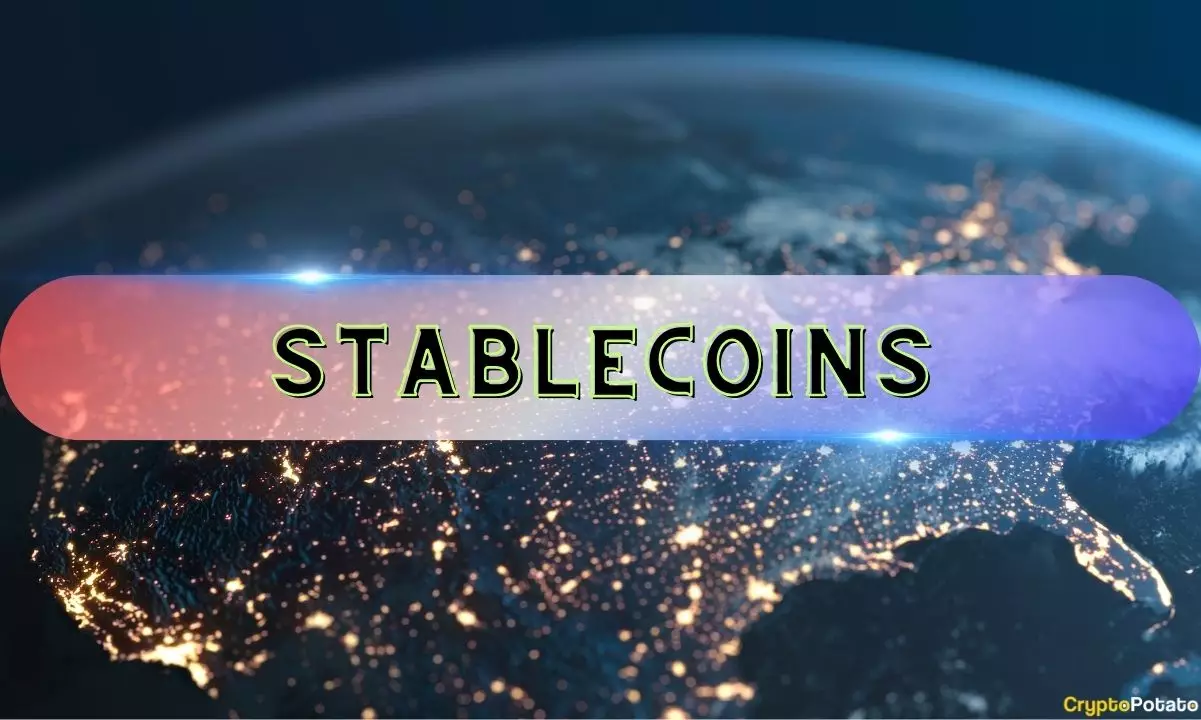In July, the total stablecoin market capitalization experienced a 2.11% growth, reaching an impressive $164 billion. This steady increase marks a ten-month consecutive ascent for major stablecoins, with their market dominance now standing at 6.93%.
Tether, the largest stablecoin by market cap, saw a substantial 1.61% increase to $116 billion, setting a new all-time high. This eleventh consecutive monthly rise in market capitalization solidifies Tether’s position as a dominant player in the market. According to DefiLlama, Tether (USDT) now holds nearly 70% of the stablecoin market share.
While Tether continues to soar, other major stablecoins like USD Coin (USDC), BlackRock’s BUIDL, and PayPal USD (PYUSD) also saw increases in July. However, First Digital USD (FDUSD) and Ethena USDe experienced declines in market capitalization. Among the top ten stablecoins, PayPal USD showed the most significant growth, rising 17.9% to $589 million, achieving a new all-time high.
The recent implementation of the Markets in Crypto-Assets (MiCA) regulations in Europe has set the stage for changes in the stablecoin landscape. Under these regulations, issuers of stablecoins, including asset-referenced tokens (ARTs) and e-money tokens (EMTs), must adhere to strict guidelines such as being based in the European Union, notifying relevant authorities, and submitting a white paper for approval. Larger stablecoins face even stricter regulations, such as a cap on daily transactions and holding 60% of reserves in cash deposits across multiple banks for increased stability and security.
The introduction of MiCA regulations has sparked concerns about the future of Tether (USDT) in Europe, leading to a decrease in stablecoin trading activity on centralized exchanges. While stablecoin trading volumes saw a slight dip in July, there is a trend towards higher monthly volumes following the recent launch of spot Ethereum ETFs and positive sentiment expressed at the Bitcoin 2024 Conference. The market is in a state of flux as compliance with regulations becomes a key factor for stablecoin issuers to maintain market participation and foster growth.
Overall, the stablecoin market continues to evolve, with Tether leading the charge and regulatory developments shaping the future landscape. As the industry navigates through changing regulations and market dynamics, adaptability and compliance are paramount for stablecoin issuers to thrive in the ever-changing crypto market.
















Leave a Reply